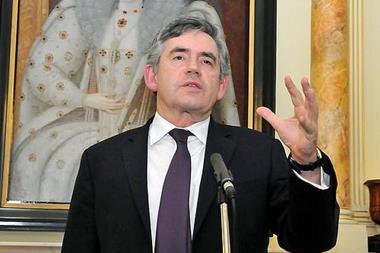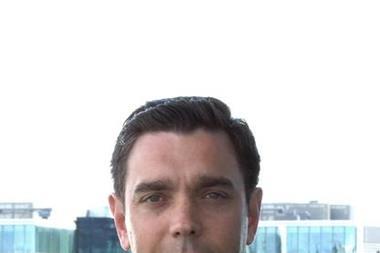Lehman’s former head of regulatory compliance speaks out for the first time
In a revealing insight into the biggest commercial disaster in US history the ex-head of compliance and regulation at Lehman Brothers spoke out recently to spill the beans on what went wrong at the bank. David DeMuro, Lehman's head of compliance during the crash, spoke out for the first time and gave an insiders perspective on failures at the US investment bank leading to the spectacularly collapse in September last year and a massive financial shock that spawned the credit crunch.
In a familiar lament the former compliance chief claimed that he’d raised concerns about Lehman’s risky subprime lending business but that these had been overruled by senior bank bosses. The warning signs were there for everyone to see but in the midst of a bubble, high-earning employees were too scared to raise their hand, he said in a live online interview with Complinet. ‘If I could do it all again I would be much louder and vocal in my concerns. But I don’t think it would have made that much difference.'
The problem was in the middle of a bubble the warning signs were too easily ignored because there was still money to be made, he explained. 'Bubbles are very dangerous things. They cause you to believe the laws of gravity have been repealed.'
'The last few days at Lehman Brothers were a very surreal experience – there was disbelief – nobody anticipated the firm would collapse,' said DeMuro. 'It wasn’t until the Tuesday before the fateful weekend that we realised we might not make it.'
“If I could do it all again I would be much louder and vocal in my concerns.
David DeMuro, former head of compliance and regulation, Lehman Brothers
DeMuro explained that as far as regulatory compliance was concerned Lehman had been performing well. He was reluctant to blame the regulators for taking their eye off the ball and failing to spot problems before they hit, as many commentators have done. ‘To blame the regulators is unfair,’ he said. ‘Regulators were looking very closely at the working of the investment banks.’
But if I had to pick one, he continued, it would be the Federal Reserve Bank. ‘The role of the Fed is to take away the punch bowl just as the party gets going. However, in recent times the Fed has chosen to add just a few more shots of vodka to the punch bowl to keep the party going.’
He also pinned responsibility for the bank’s failure on over reliance on financial risk models. ‘There was a huge amount of faith in the models. That religious belief in the veracity of the models provided comfort for people. If there is a lesson here, it is to be weary of MIT [Massachusetts Institute of Technology] grads in their twenties and the models they bear,’ added DeMuro.
Political pressure to increase the availability of mortgages to every US family, through the mortgage lenders Fannie Mae and Freddie Mac, was another factor that helped fuel the bubble, he explained.
“There was a huge amount of faith in the models.
David DeMuro, former head of compliance and regulation, Lehman Brothers
Returning to institutional problems in the financial world he explained that risk managers tend to operate in silos and report their findings individually rather than collectively. 'There wasn’t a free flow of information back then. We need to develop a protocol or council where ideas are exchanged. Risk managers need to be able to exchange what they think, what they see, otherwise they may miss the truly dramatic problems lurking just around the corner,’ he said.
Although there were attempts in Lehman to improve risk communication on an enterprise wide level these were too little to have prevented the collapse, he surmised.
He warned that government regulation is set to become far more intrusive and sceptical. He suggested that risk and compliance professionals improve their skills in order to communicate better with the business in the future. ‘I could have lived without the near-death experience, but it was fascinating nevertheless,’ DeMuro concluded.



















No comments yet